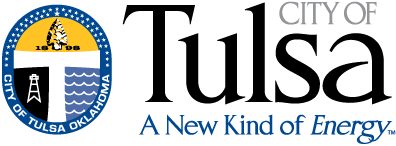
Organizational realignment
With the retirement of Charles Hardt, long-standing Public Works Director, the Mayor reorganized the public works functions of the City, including water and sewer, streets, stormwater, public facilities, solid waste, and engineering services, from one department into three departments. The three departments are named Water and Sewer, Streets and Stormwater, and Engineering Services. Other support functions previously performed within the Public Works Department were reassigned to various departments, including Utilities Services (billing and collections) to Finance Department, utilities call-center to Customer Care Department, warehouse and fleet management to Finance Department, and training and professional development to Human Resources Department. Effective July 1, 2011, Clayton Edwards was promoted to Director of the new Water and Sewer Department. The department manages the City’s water and wastewater systems.
Comprehensive Assessment
One of the most notable accomplishments in Fiscal Year 2012 was the comprehensive assessment of the water and wastewater systems. In July 2011 TMUA engaged a consulting team, led by the financial firm Infrastructure Management Group, Inc. and comprised of engineering and legal firms, to conduct a comprehensive assessment of the City’s water and wastewater systems. The assessment was in response to the preliminary findings from an audit of City services contracted by the City’s administration. One strategy identified in the KPMG report to address funding shortages and efficiencies of the City is to consider public/private partnerships of the City’s water and wastewater systems.
 Rather than focusing on just financial, operational, or capital, TMUA chose to take a holistic approach considering all significant aspects of the utility systems including governance and organizational structure, management, operational performance, capital needs, financial condition, and legal and public policy issues. The final report was received in August 2012. Following is an overview of the findings presented.
Rather than focusing on just financial, operational, or capital, TMUA chose to take a holistic approach considering all significant aspects of the utility systems including governance and organizational structure, management, operational performance, capital needs, financial condition, and legal and public policy issues. The final report was received in August 2012. Following is an overview of the findings presented.
Overall, the IMG Team found that the Tulsa metropolitan region enjoys water and sewer services that operate within industry norms for service quality and cost-efficiency. However, without significant changes, increasingly stringent regulations and the system’s aging infrastructure will combine to force water and sewer rates to grow significantly for decades to come.
IMG concluded that TMUA’s unique structural attribute (in which the governing board and owner of the assets contracts with the City for utility operating services) could be used to impose significant and lasting improvements in a way that most US water utilities cannot. IMG concluded that operating and capital program improvements could – if supported by critical new performance and asset management systems linked to the TMUA-City lease and operating contract – make durable improvements roughly equivalent to privatization, and thereby reducing future rate increases by 20 to 30 percent compared to current projections.
Going forward into FY2013, TMUA, in collaboration with the City’s administration, will set forward on several strategic and performance improvement initiatives presented by IMG.
